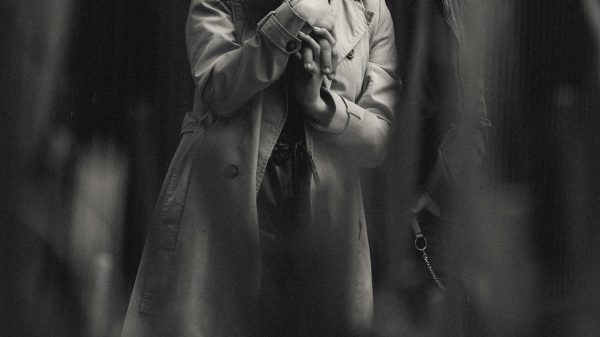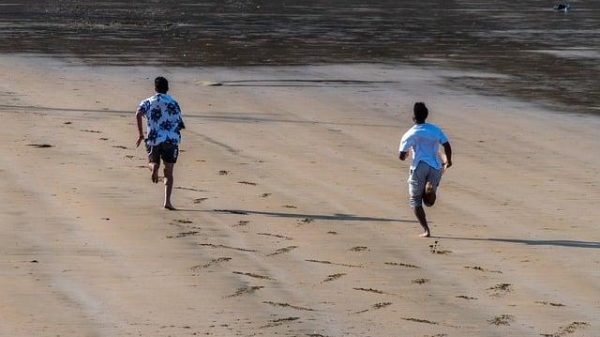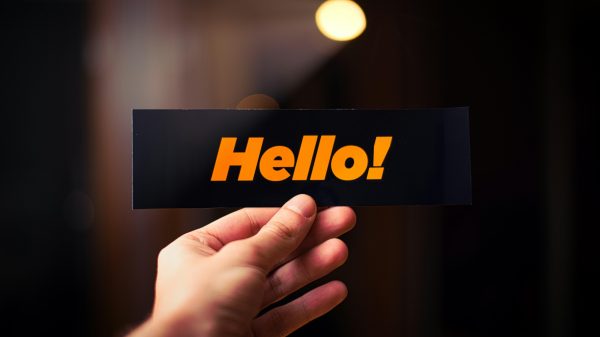In the delicate dance of modern dating, the first date serves as the opening act, setting the stage for what might blossom into a meaningful connection or fade into a fleeting encounter. As singles navigate the landscape of romance, a curious question emerges: is there a perfect duration for this initial rendezvous? From leisurely dinners that stretch into the night to brisk coffee meetings that barely skim the surface, the length of a first date can influence the chemistry and leave lasting impressions. In this exploration, we delve into the art and science of timing, seeking to uncover whether there truly is an ideal amount of time to spend on that all-important first meeting.
Crafting the Perfect First Impression Balancing Quality and Quantity Decoding the Ideal Duration Navigating the Art of Timing
Finding the sweet spot between a memorable first date and an overwhelming marathon can be a delicate balance. When it comes to crafting that perfect first impression, it’s crucial to consider both quality and quantity. A date that’s too brief might leave both parties feeling shortchanged, while one that drags on can lead to fatigue or awkwardness. Striking the right balance means ensuring each moment is meaningful without overstaying the welcome. Consider these elements to tailor your timing:
- Engagement Level: Are both parties actively engaged and interested? If the conversation flows naturally, it might be worth extending the time.
- Context of the Date: Dinner might require more time than a coffee meet-up, so plan accordingly.
- Location and Activities: A date with multiple activities might naturally run longer, while a single activity could wrap up quicker.
- Body Language Cues: Pay attention to non-verbal signals. They often tell you more about the comfort level than words.
Decoding the ideal duration involves a dance of intuition and observation. Keep in mind that the art of timing on a first date is less about adhering to a strict schedule and more about ensuring that both parties leave with a sense of curiosity and excitement for a potential second encounter. Balancing these elements can lead to a memorable experience that sets the stage for what’s to come.








